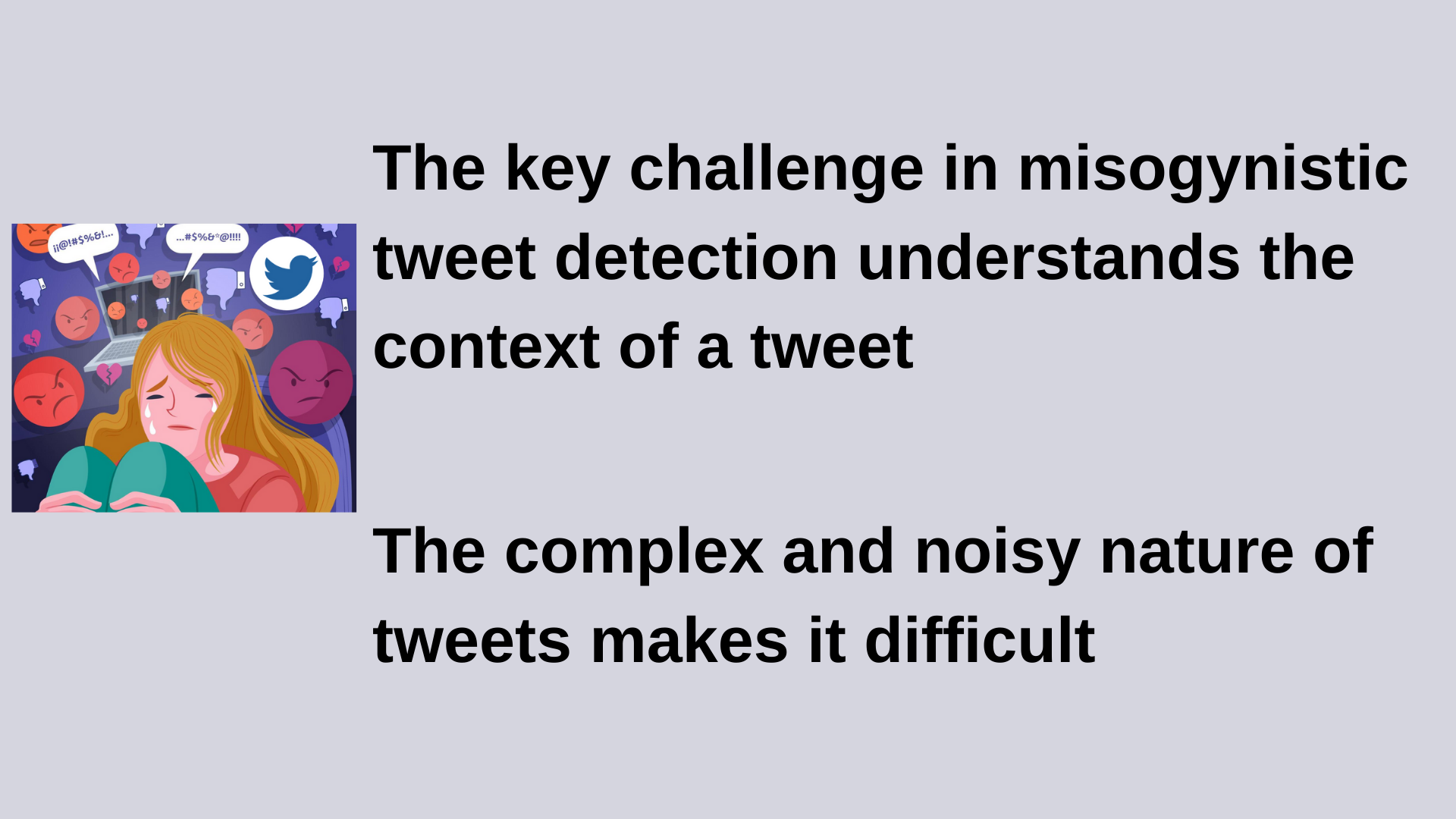Sydney: Social media platforms day by day are becoming derogatory for women in terms of comments. To tackle this issue researcher team from Queensland University of Technology (QUT) has developed a sophisticated and accurate algorithm to detect online abuse targeting women posts on Twitter, cutting through the raucous rabble of millions of tweets to spot the misogynistic content.
Richi Nayak, Nicolas Suzor, and Md Abul Bashar from (QUT) have written a paper titled “Regularising LSTM classifier by transfer learning for detecting misogynistic tweets with small training set” which has been published by Springer.
It is a collaboration between QUT faculties of Science and Engineering and Law and the Digital Media Research Centre, which has mined a dataset of one million tweets then refined these by checking out for those containing one of three abusive keywords - whore, slut, and rape.
“At the instant, the onus is on the user to report the abuse they receive. We hope our machine-learning solution can often be adopted by social media platforms to automatically identify and report this content to protect women and other user groups online,” Nayak said.

The team implemented a deep learning algorithm called Long Short-Term Memory (LSTM) with Transfer Learning, suggest that the machine could look back at its previous understanding of terminology and alter the model as it goes, learning and developing its contextual and semantic understanding over time.
“Take the phrase ‘get back to the kitchen’ as an example—devoid of the context of structural inequality, a machine’s literal interpretation could miss the misogynistic meaning,” added Nayak.
But seen with the understanding of what constitutes abusive or misogynistic language, it is often identified as a misogynistic tweet or take a tweet like ‘STFU BITCH! DON'T YOU DARE INSULT KEEMSTAR OR I'LL KILL YOU’. Distinguishing this, without context, from a misogynistic and abusive threat is incredibly difficult for a machine to do.
Other methods based on word distribution or occurrence patterns identify abusive or misogynistic terminology, but the presence of a word by itself doesn’t necessarily correlate with intent.
“Once we had refined the 1M tweets to 5000, those tweets were then categorised as misogynistic or not supported context and intent, and were input to the machine learning classifier, which used these labelled samples to begin to build its classification model,” Nayak informed.
This modelling could even be expanded upon and utilized in other contexts within the future, like identifying racism, homophobia, or abuse toward people with disabilities.
Also Read: B.Tech girls create Smart-Tracker Uniform equipped with nano-GPS technology
(Inputs from Agencies)



